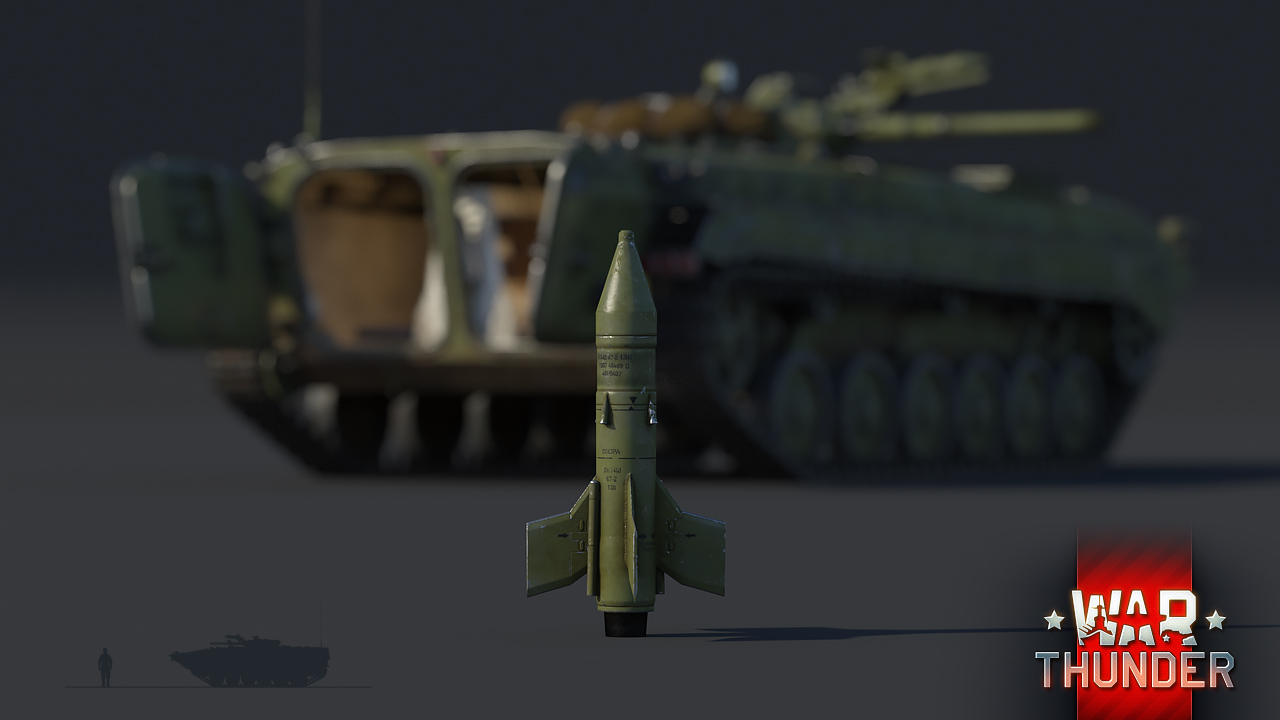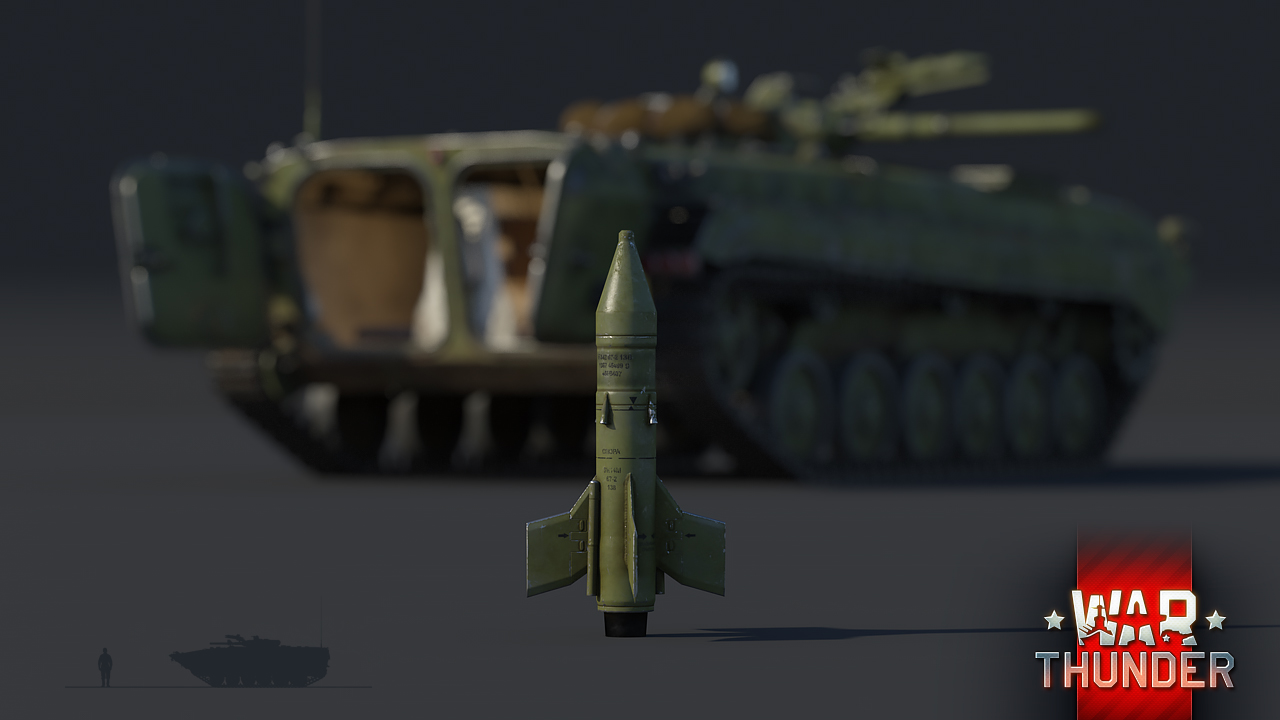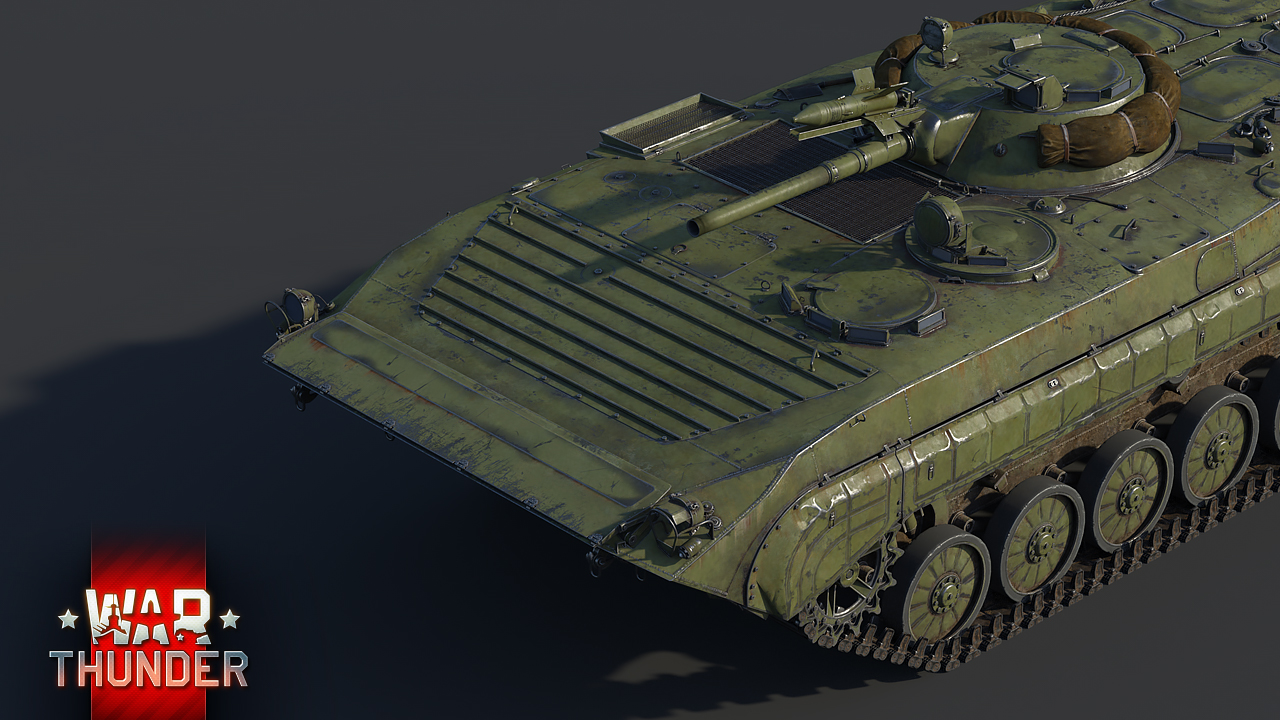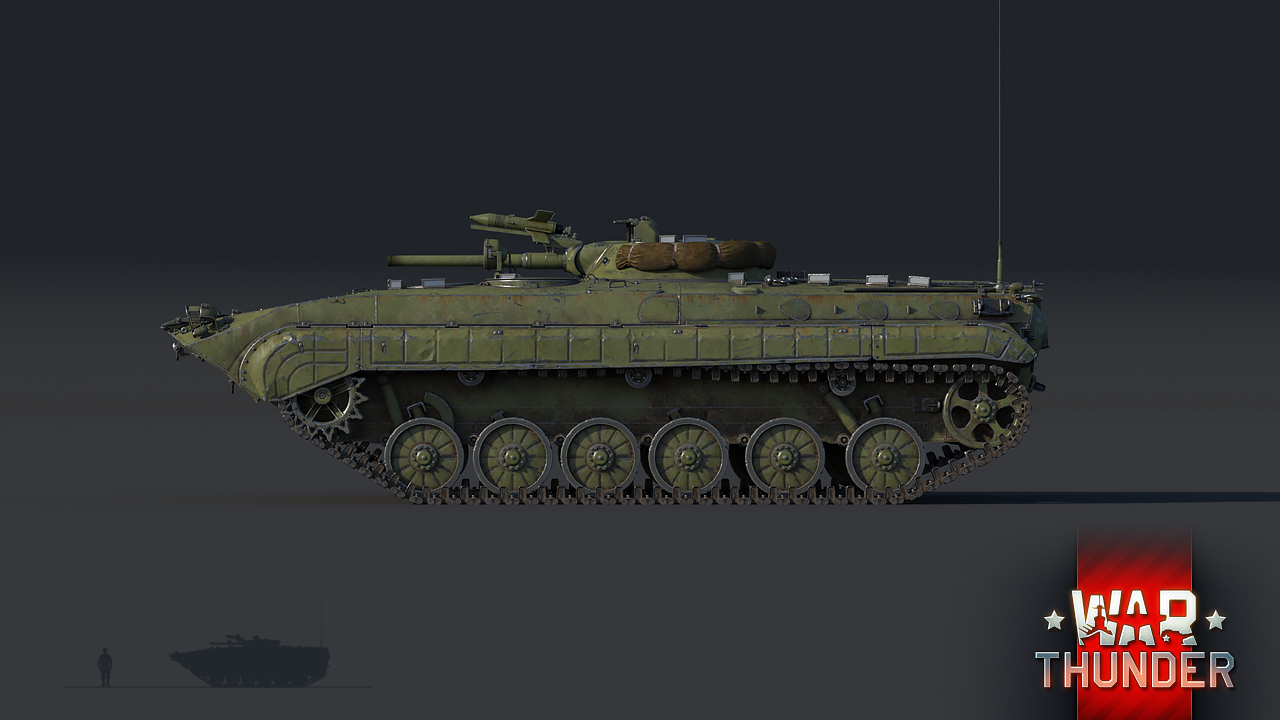
- For PC
- For MAC
- For Linux
- OS: Windows 10 (64 bit)
- Processor: Dual-Core 2.2 GHz
- Memory: 4GB
- Video Card: DirectX 11 level video card: AMD Radeon 77XX / NVIDIA GeForce GTX 660. The minimum supported resolution for the game is 720p.
- Network: Broadband Internet connection
- Hard Drive: 23.1 GB (Minimal client)
- OS: Windows 10/11 (64 bit)
- Processor: Intel Core i5 or Ryzen 5 3600 and better
- Memory: 16 GB and more
- Video Card: DirectX 11 level video card or higher and drivers: Nvidia GeForce 1060 and higher, Radeon RX 570 and higher
- Network: Broadband Internet connection
- Hard Drive: 75.9 GB (Full client)
- OS: Mac OS Big Sur 11.0 or newer
- Processor: Core i5, minimum 2.2GHz (Intel Xeon is not supported)
- Memory: 6 GB
- Video Card: Intel Iris Pro 5200 (Mac), or analog from AMD/Nvidia for Mac. Minimum supported resolution for the game is 720p with Metal support.
- Network: Broadband Internet connection
- Hard Drive: 22.1 GB (Minimal client)
- OS: Mac OS Big Sur 11.0 or newer
- Processor: Core i7 (Intel Xeon is not supported)
- Memory: 8 GB
- Video Card: Radeon Vega II or higher with Metal support.
- Network: Broadband Internet connection
- Hard Drive: 62.2 GB (Full client)
- OS: Most modern 64bit Linux distributions
- Processor: Dual-Core 2.4 GHz
- Memory: 4 GB
- Video Card: NVIDIA 660 with latest proprietary drivers (not older than 6 months) / similar AMD with latest proprietary drivers (not older than 6 months; the minimum supported resolution for the game is 720p) with Vulkan support.
- Network: Broadband Internet connection
- Hard Drive: 22.1 GB (Minimal client)
- OS: Ubuntu 20.04 64bit
- Processor: Intel Core i7
- Memory: 16 GB
- Video Card: NVIDIA 1060 with latest proprietary drivers (not older than 6 months) / similar AMD (Radeon RX 570) with latest proprietary drivers (not older than 6 months) with Vulkan support.
- Network: Broadband Internet connection
- Hard Drive: 62.2 GB (Full client)
The BMP-1 was the first vehicle of its kind. It was developed by the Soviet Union in the postwar period to fit a new take on existing combat doctrines, modernized for a new age of warfare. Tankers, keep your eyes peeled in the next major update, as this amphibious attacker may just be lurking in the seemingly unsuspecting pond next to you!
The BMP-1 was the first Soviet mass-produced infantry fighting vehicle (IFV), developed in the early 1960s which also marked the beginning of a whole new class of armoured vehicle. After the end of WW2, Soviet high command envisioned all potential future conflicts to involve chemical, nuclear and/or biological weapons. This meant that the armoured vehicles that would participate in such conflicts would have to be outfitted with specific equipment to protect their crews from nuclear blasts, radiation and other hazards caused by the usage of the aforementioned weapons of mass destruction. Starting as early as late models of the T-54/55, Soviet vehicles started to be equipped with such equipment. However, one type of combat vehicle was seen as particularly vulnerable, the APC. Vehicles like the BTR-152, ordinary armoured troop transports, were often open-topped vehicles with insufficient sealing to prevent the leaking of hazardous particles into the fighting compartment. The answer to this was the development of a hybrid vehicle that could perform both APC and light tank roles - the IFV.
The resulting design was the BMP-1. It was a fast, lightly armoured, amphibious IFV capable of transporting eight soldiers into battle alongside its three crew, whilst offering good protection against small arms and fragmentation. The BMP-1 was armed with a 73mm smoothbore gun, assisted by an autoloading mechanism, as well as an ATGM launcher on top of the cannon barrel, intended for taking out targets at long range. According to combat doctrine, the IFV unlike APC’s was designed not only to deploy troops on the battlefield, but also to support MBT’s and infantry in combat.
Around 20,000 BMP-1 units were manufactured in the USSR alone, between 1966-1982. Since its introduction in 1966, the BMP-1 has seen service with many countries over the world, including East Germany, Finland, China, Poland, Afghanistan and others. However, the service life of the BMP-1 has still not ended, as armies of some nations still actively use modernized versions of the BMP-1 to this day.
The BMP-1 will play a much bigger role on the battlefields of War Thunder. The BMP-1 will make good use of its excellent mobility and low silhouette to perform scouting and flanking maneuvers. Though the armour of the BMP-1 isn’t exceptional by any standards, with only 33mm of raw thickness at best, setting up the BMP-1 in a hulldown position will not only hide most of the hull from direct line of fire, but will also only expose the extremely angled upper glacis, that will more than likely cause shells to simply bounce off harmlessly. The arrangement of modules within the turret, which itself is a very small target, also helps with survivability, as the only vital modules and crew that are present there is the cannon and the gunner. Taking a hit there will, unlike with Soviet tanks of the WW2 era, unlikely lead to a complete incapacitation of the vehicle due to losing most of its crew.
Download the Wallpaper: 1280x1024 | 1920x1080 | 2560x1440
Speaking of the cannon, the BMP-1 features the 73mm 2A28 Grom smoothbore cannon, which can fire standard HEAT-FS as well as High-explosive fragmentation shells with good penetration capabilities. However, when operating the cannon, tankers will be faced with two issues - low gun depression values and range restrictions. The 73mm cannon can only fire shells accurately up to a range of around 1,300 meters. To engage targets beyond that range, the BMP-1 is also equipped with a single ATGM launcher above the cannon barrel. The launcher can fire a total of four 9M14 Malyutka, first generation ATGMs, which can hit targets up to 3,000 meters away.
The BMP-1 will be a new addition to the higher ranks of the Soviet ground forces tree coming with War Thunder’s update 1.71!
See you there!
Check our previous devblogs:
The War Thunder Team









Comments (127)
The Emperor Demands More Japanese Vehicles. We Are Lacking Fire Power For The Defense Of The Home Isle's Of Japan And The Steam Rolling Of China. I Reckon O-I, Chi-Ri I, Ho-Ri's, Ki-109 And More.
Who need firepower if you can slice your enemy with sharp edge of Katana?!
Stona_WT, At Least Give Us A Katana Tank Or Something, Our Tank Crew Are Locked In Their Own Tank Wanting To Jump Out, And Slice Any Other Foe
Are other nations also getting amphibious vehicles in the IV-VI higher tiers ?
Wortmann17, No. You won't *balance* Japan that way, unless GJ wants to piss off players or make something stupid. But probably they will combine these options in something that will be both dumb and annoying.
HaTe78, I dont want to balance Japan, lol. It´s just that the Russians now have 3 high tier amphibious vehicles
Cute vehicle :D
Cute and lethal!
I wonder if it will be better than Object 906? :O
I don't want to judge but what's wrong with the music in the video ?
sounds ok to me.
Scarper, it needs more soviet anthem comrade)))
Absolutely love this tank, can't believe its finally being added. Hopefully we see a BMP-3 in the future ;)
But it's not a tank......its a infantry transport and those doors are fuel tanks and its armor if you call it that is paper. As a former real life Abrams operator i laughed at this.
More top tier paper tanks promote SPAA shredding. When will we see SPAAs fixed to be uneffective against tanks?
20,000 produced - It isn't a paper tank.
Scarper, i think he meant paper in armor way
1. Will there be reload animation like in RHS mod for Arma 3? 2. When you will implement deployable water deflector for soviet amphibious vehicles?
If you saw the Tier VI early preview trailer, there's a quick cut where it shows the BMP reloading its ATGM.
Nice! also can you add more Japanese tanks?
We can.
This is a really nice Machine and i cant wait to play it but as a german main i have to ask will we eventually see the SPZ Lang for the Germans because that would be damn cool. Also i can just agree with all the other commentors here : "More Japanese Tanks pls :^)" Keep up the good work guys.
The real question will this thing have 8 backup crewmen in the back of it?
Submit a complaint